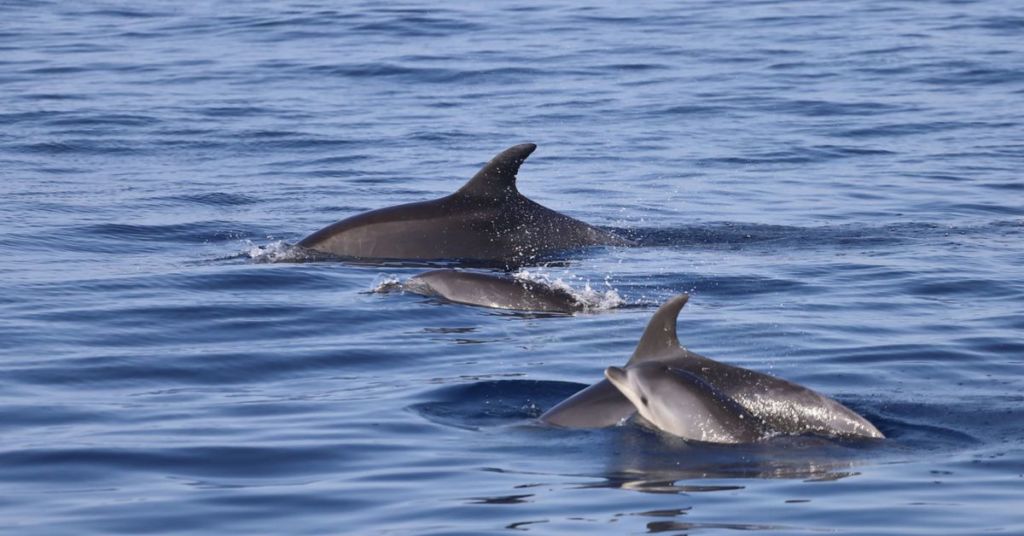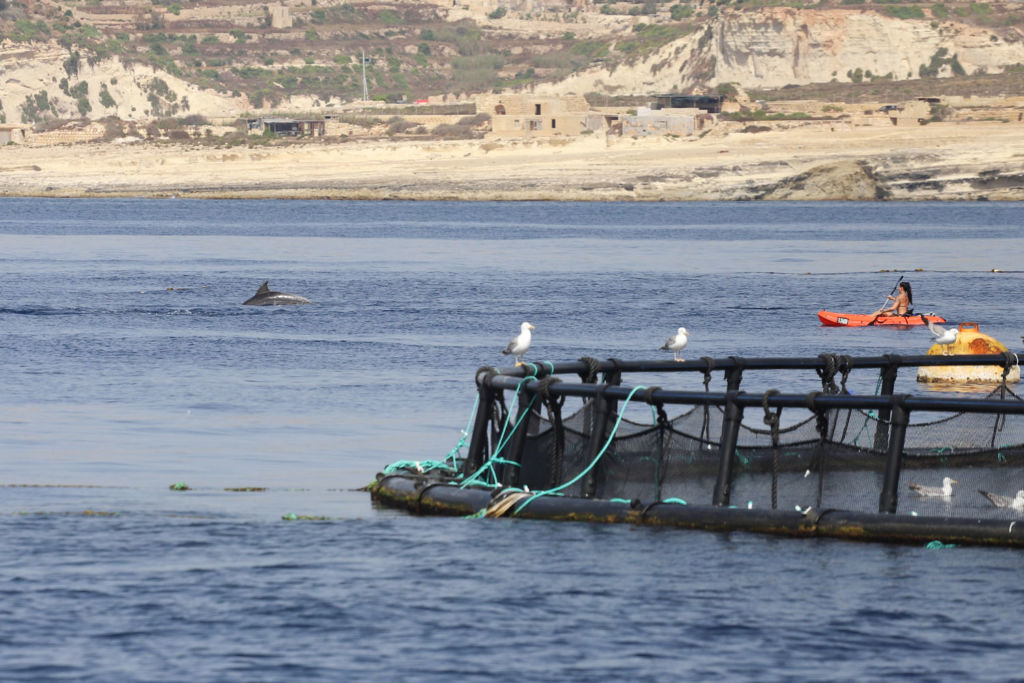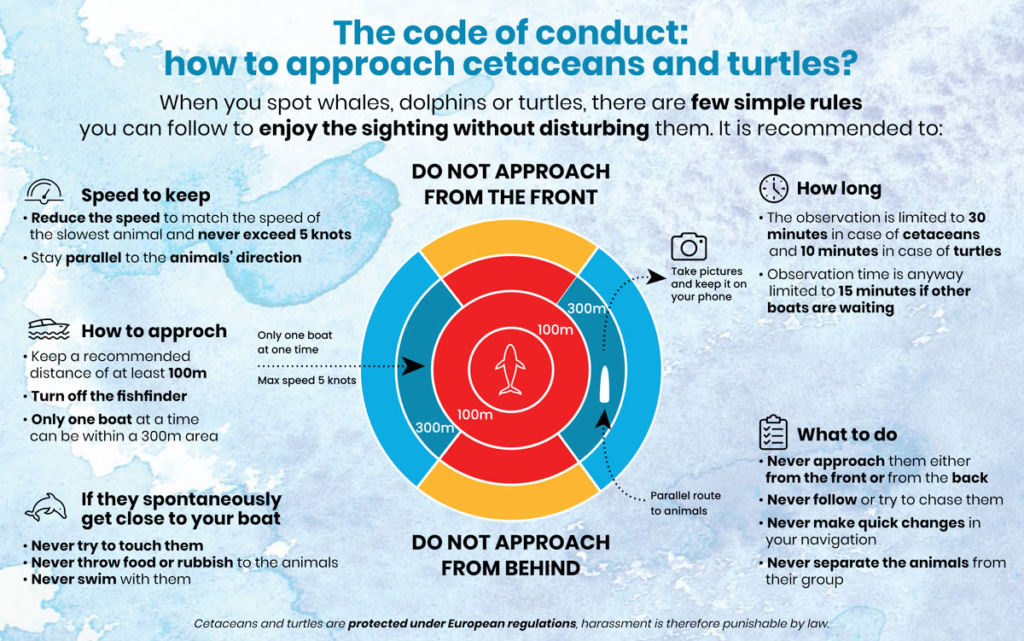Denfil 101: A Complete Guide On What You Should Do When You Spot Wild Dolphins In Malta

With the summer season well underway, dolphin sightings, particularly of the bottlenose species, are becoming extremely common in Maltese waters.
With that being said, many do not seem to be aware of the present code of conduct that should be obeyed when encountering wild dolphins, especially when on boats or jet skis.
Lovin Malta teamed up with Francesca Soster from EcoMarine Malta, a social enterprise with marine biologists who educate people on Malta’s wildlife, to hear more about what should be done.

Kayakers going too close to dolphins
So why is this necessary?
“Around Malta, Comino and Gozo live a population of coastal bottlenose dolphins that are now being spotted very frequently by private boaters,” Soster explained.
“During our outings, we witness episodes of harassment that are becoming more and more frequent every day: people literally chase, try to feed, run over the dolphins only to take a video,” she said.
“These modalities of interactions disrupt the behaviour of dolphins and affect their communication and their daily activities, especially foraging. Moreover, the pod that we observe and study now has calves and juveniles, therefore such disruption may have a huge impact on their survival.”
It is fundamental that people understand that dolphins are wild animals, protected under international and regional laws.

EcoMarine’s code of conduct
EcoMarine supports responsible viewing of dolphins in the wild. However, interacting with wild marine mammals should not be attempted, and viewing dolphins must be conducted in a manner that does not harass the animals.
According to the ACCOBAMS guidelines, aimed at avoiding harassment of the animals, the rules followed by Eco Marine and that should be applied by everyone, in short, are the following:
1. Vessels should be operated so as not to disrupt the normal movement or behaviour of cetaceans
2. Contact with cetaceans should be abandoned at any stage if they show signs of becoming disturbed or alarmed
3. No cetacean should be separated from a group
4. No rubbish or food should be thrown near or around the cetaceans
5. No sudden or repeated change in the speed or direction of vessels should be made except in the case of an emergency
6. The vessel must therefore be positioned parallel to the animals avoiding any sudden change of speed or direction
7. Never approach the group from the front and do not follow or try to chase the animals
8. The speed of the boat should match that of the slowest animal and must never be over 5 knots
9. Where a vessel stops to enable the passengers to watch a cetacean, the engines should be placed in neutral
10. No vessel should approach intentionally within 100 metres of a cetacean
11. No vessel should cut off the path of a cetacean
12. No cetacean should be prevented from leaving the vicinity of the vessel
13. Only one boat at a time is allowed within the 300-meter viewing area. The observation is limited to 30 minutes or to 15 minutes if other boats are waiting.
EcoMarine Malta is a social enterprise which provides sustainable tours on a sailing boat with a marine biologist and expert onboard that educates people about the wildlife that can be found in the Maltese waters.
It was founded in 2017 by Patrizia Patti, who is a marine biologist with over 20 years of experience in cetaceans research, and Giovanni De Lazzari. EcoMarine’s mission is to connect people to the seas and oceans, in particular to the waters surrounding the Maltese Islands.
Share to raise awareness
